Bon Appétit Management Company doesn’t generally cater outside the campuses where we have kitchens. But when CEO Fedele Bauccio was invited to give the keynote address at a very special awards ceremony held by the Association for Corporate Growth – Silicon Valley chapter (ACG-SV) at San Jose’s Computer Science History Museum, we couldn’t possibly let the 300 Silicon Valley CEOs and executives who were attending (many of them Bon Appétit clients) dine on anyone else’s food.
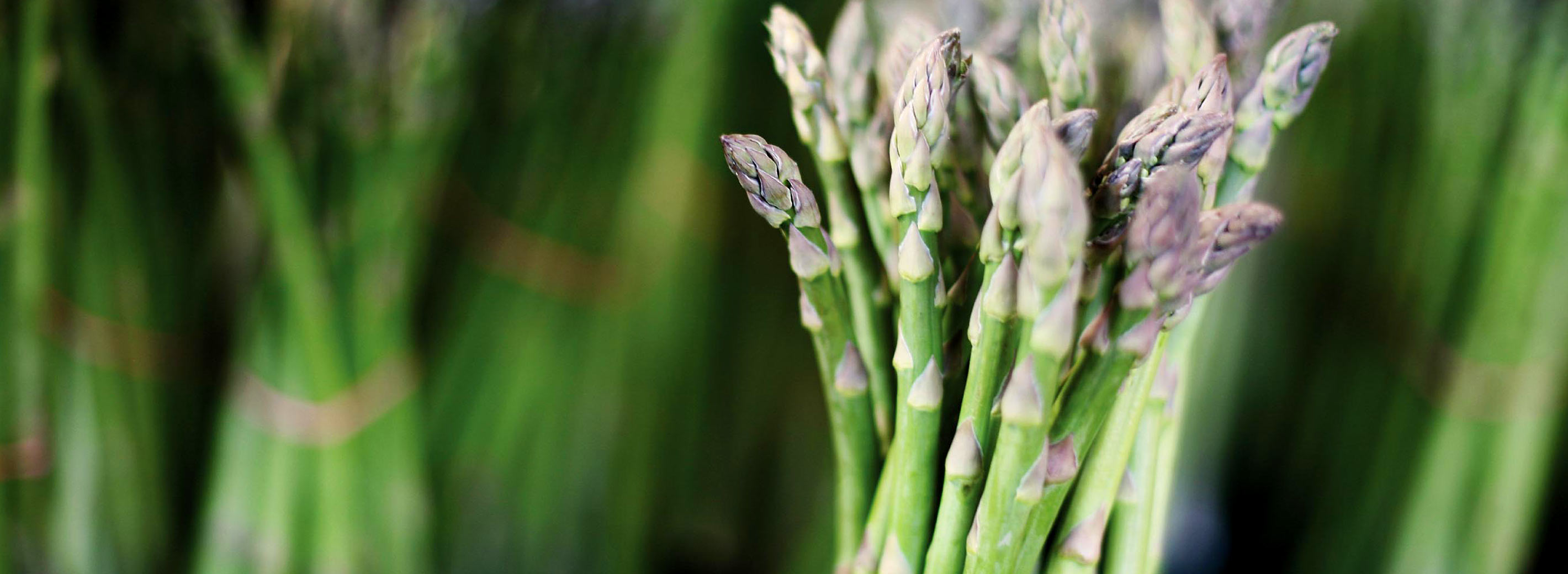
Blog: Featured
+ Blog Categories

First Bon Appétit/St. John’s Scholarship Recipient Graduates with Honors
- Blog
Bon Appétit Management Company is proud to partner with its education clients to tackle many mutually important issues of sustainability, such as food waste and climate change. Now, with the graduation of the first recipient of a joint scholarship at St. John’s College in Annapolis, MD, it has added greater access to higher education to the list.
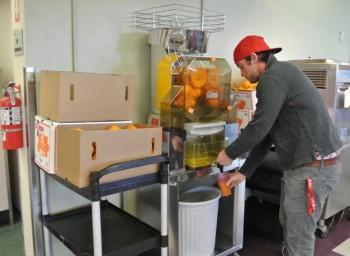
Eckerd College Gets Juiced About Farm-Fresh Oranges
- Blog
Joining Eckerd students as they follow the journey oranges take from local Mixon Fruit Farms to the cup they fill at a fresh juicing station.
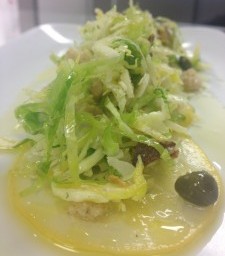
Recipe: Brussels Sprouts Caesar
- Blog
We are all familiar with the traditional version, and we wouldn’t dare try to get rid of it. But let us spread our salad wings a bit and leave the comfort of our romaine domain behind. With that, we would like to introduce to you a modern and delicious take on the original: a Brussels Sprouts Caesar.
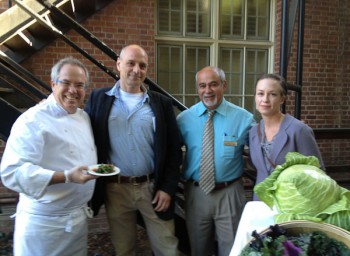
Fast Food Nation Author Savors Slow Food at University of the Pacific
- Blog
One of the best parts about breaking bread together as a community is the chance to sit down and enjoy not just the exchange of tastes, but ideas. America’s fast food habits, which mostly involve people eating alone on the run, don’t allow that to happen. So it was a wonderful treat to have Eric Schlosser, the journalist who wrote the game-changing book Fast Food Nation—the 2001 book that exposed the unsustainable food safety, labor, and animal welfare issues of the fast food industry—visit University of the Pacific in Stockton, CA, for a talk, several farm tours, and a convivial meal.
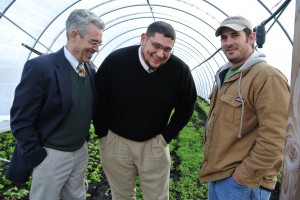
At Goucher College, More Sustainable Relationships Blossom
- Blog
Through their Farm to Fork purchases, Goucher College Resident District Manager Norman Zwagil and his team are supporting positive change in the tides of agriculture in the Chesapeake Bay region — and one such purchasing relationship is with Big City Farms, a half-acre of greenhouses right in the middle of Baltimore, built on top of an old parking lot .
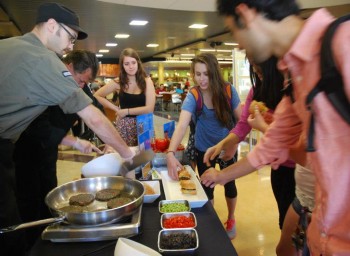
A Hot New Twist on Low Carbon Diet Day
- Blog
Food can be a terrific vehicle to use for educating people about complex topics, and luckily, I work for a company that has an army of chefs who enjoy just this kind of challenge. Bon Appétit was the first food service company to address food’s role in climate change, and every year around Earth Day, our chefs change their menus and explain to their diners at corporations, colleges and universities, and museums in 32 states how their every day food choices affect our planet. For Earth Day today, we’re doing something a little different. Our chefs are standing in front of guests at a cooking demonstration table, making almond-milk-fruit smoothies, cheeseless pizzas, and edamame burgers with carrot peel toppings. They’re talking about how climate change isn’t just this storm gathering way down the road, it’s here and it’s affecting some of our favorite foods.
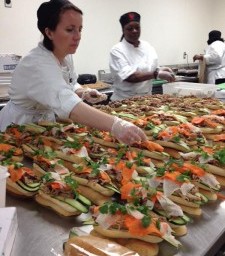
Washington University Hosts Bill and Chelsea Clinton
- Blog
Since 2007, the Clinton Global Initiative University (CGI U) has been touching down at college campuses to bring together students, youth organizations, and celebrities to discuss and develop innovative solutions to pressing global challenges. This year, the Bon Appétit team at Washington University in St. Louis had the opportunity to host CGI U.

Students Share Support for Farmworkers during Farmworker Awareness Week
- Blog
During National Farmworker Awareness Week, March 24-31, Bon Appétit cafés across the country engaged guests on the topic of farmworkers and the difficult working conditions they face, then shared ways for people to stay informed and become involved in the movement.
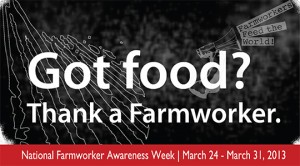
Celebrating Farmworker Awareness Week, March 24 – 31
- Blog
National Farmworker Awareness Week, hosted by the Student Action for Farmworkers (SAF) and cosponsored by Bon Appétit Management Company, is quickly approaching. March 24-31 is a week dedicated to raising awareness about farmworkers and the conditions they face as participants in a food system focused on keeping prices lower at any cost.
